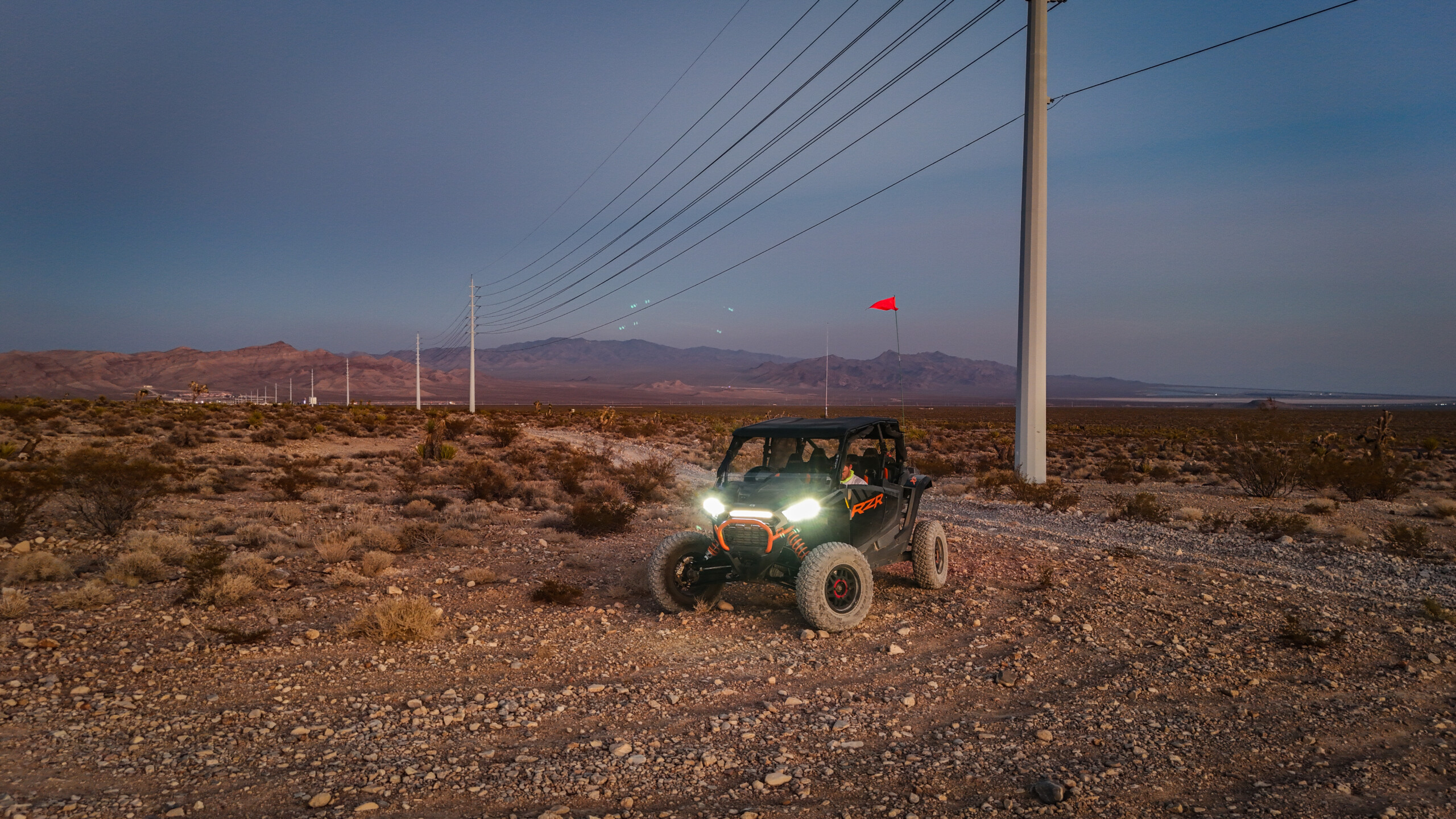How the Mojave Inspires Mindful Exploration
The concept of mindful travel Mojave embodies something truly unique—an approach to exploration that connects travelers not only with the land but also with themselves. The Mojave Desert, stretching across southeastern California and parts of Nevada, Arizona, and Utah, is far more than a barren expanse of sand and rock. It is a living, breathing ecosystem of subtle beauty, resilience, and history. Those who slow down and observe its rhythm discover a deeper sense of peace and presence that defines the true spirit of mindful exploration.
From its tranquil sunrises over creosote flats to the distant echoes of coyotes calling under a star-filled sky, the Mojave teaches visitors to listen and to notice. To understand the desert’s wisdom, we must step away from speed and distraction and allow the landscape to guide our thoughts inward. For many travelers, this isn’t simply a destination—it’s a meditation.
For context about the desert’s origins, you can explore more about Mojave Desert history, which provides insight into how this region came to represent solitude and transformation for generations of travelers.
The Essence of Mindful Travel in the Mojave
Mindful travel in the Mojave isn’t about ticking off places on a list. It’s about immersing yourself in stillness, allowing the vast desert to quiet the noise of modern life. Whether you’re hiking through Joshua Tree National Park, camping near Kelso Dunes, or meditating by a Joshua tree at dawn, each experience invites mindfulness—a deep awareness of where you are and what you feel.
Engaging in mindful travel Mojave means being intentional about every moment. You might choose to leave your phone behind for a few hours, walk slowly along a trail, or simply sit in the shade of a rock and watch the sunlight shift. These quiet acts reconnect travelers to the earth and themselves, bringing calm and clarity that few other environments can offer.
A Landscape That Encourages Reflection
The Mojave Desert’s vastness naturally encourages contemplation. With horizons that stretch endlessly, its emptiness becomes an invitation rather than a void. Silence here is not absence—it is presence in its purest form.
The terrain itself is diverse: mountain ranges, dry lake beds, volcanic formations, and canyons tell stories of time and endurance. As part of mindful travel Mojave, take time to notice details that might otherwise go unseen—the color gradient of desert rock, the shimmer of a lizard’s scales, or the delicate bloom of a cactus flower after rare rain.
These quiet observations can transform a simple hike into a deeply restorative practice. The Mojave teaches us patience and appreciation for small wonders, revealing that beauty does not always demand attention; sometimes, it waits for awareness.
Ways to Practice Mindfulness in the Mojave
Mindfulness doesn’t require special equipment—just attention and intention. The Mojave offers countless opportunities to practice it naturally.
Here are a few mindful practices to try:
- Sunrise Meditation: Begin your day sitting still, facing east as the desert glows with soft light. Feel the cool air, listen to the stillness, and breathe deeply.
- Slow Hiking: Walk without hurry, noticing textures underfoot, the sound of wind across sand, and the distant silhouettes of mountains.
- Mindful Photography: Capture moments not just with your camera but with your senses—frame the experience as much as the view.
- Journaling in Silence: Write about your emotions, observations, and discoveries after a day of quiet exploration.
- Stargazing at Night: Let the Milky Way remind you of your place in the vastness of the universe.
Each of these practices, when done with awareness, deepens the connection between self and surroundings—at the heart of mindful travel Mojave.
Cultural and Historical Connections
The Mojave isn’t just a place of natural beauty—it’s also steeped in cultural depth and human history. Indigenous peoples such as the Mojave and Chemehuevi tribes have long understood the desert’s rhythm, seeing it as both home and teacher. They lived sustainably, guided by seasons and resources, embodying mindfulness long before the term became popular.
Over centuries, miners, settlers, and explorers left their traces across this landscape, drawn by its resources and mystery. Learning about Mojave Desert history enriches modern exploration, providing context for how humans have related to this challenging yet nurturing land. You can explore more about this aspect at National Park Service’s Mojave Preserve page.
Understanding these layers of connection helps mindful travelers appreciate that every rock, canyon, and trail carries stories of resilience and harmony.
The Healing Power of Stillness
In our fast-paced world, it’s easy to lose touch with stillness. The Mojave Desert offers it in abundance. Visitors often report a feeling of renewal after spending time here—mental clarity, reduced stress, and a profound sense of grounding. That’s the magic of mindful travel Mojave: it transforms silence into therapy.
There’s something about sitting on a rocky ledge at twilight, watching the sky fade into violet and gold, that quiets even the busiest minds. Here, the desert doesn’t demand anything from you. It simply exists—open, honest, and alive—and invites you to do the same.
Responsible Exploration: Leaving No Trace
Mindful travel also means responsible travel. When exploring the Mojave, respecting its fragile ecosystem is essential. The desert might appear tough, but it is incredibly delicate. Stick to designated trails, pack out what you pack in, and avoid disturbing wildlife or rare plants.
A few mindful guidelines:
- Stay on marked paths to prevent erosion.
- Minimize noise pollution to preserve natural quiet.
- Support local and Indigenous-led conservation projects.
- Travel during cooler hours to reduce environmental impact.
- Share your experiences to inspire others to travel thoughtfully.
This ethical approach ensures that future generations can also experience the serenity of the Mojave and learn from its timeless wisdom.
Lessons the Mojave Teaches About Life
The desert has always been a metaphor for endurance and transformation. Through mindful travel Mojave, travelers begin to internalize these lessons:
- Resilience: Just as desert plants adapt to survive, we can thrive through adversity by adjusting and remaining flexible.
- Simplicity: The desert’s minimalist landscape reminds us that less can mean more.
- Patience: Everything in the Mojave operates on nature’s time. Waiting for a bloom, a sunrise, or even shade teaches calm.
- Awareness: The stillness of the desert sharpens senses, helping travelers notice details often overlooked in daily life.
These principles not only enhance travel experiences but also bring lasting change to one’s outlook and habits long after leaving the desert.
Conclusion: The Mojave as a Mindful Teacher
Ultimately, mindful travel Mojave is about surrendering to simplicity and awareness. It’s not a checklist of sights but an inner journey inspired by one of the most profound landscapes on Earth. The Mojave invites every visitor to slow down, breathe, and reconnect with the present moment.
By embracing its stillness, you uncover clarity and gratitude that extend beyond travel itself. The desert teaches that peace isn’t found in escape—it’s discovered in attention. For further insight into desert conservation and travel mindfulness, visit The Nature Conservancy’s Mojave Project. In every grain of sand, every whispering wind, and every fiery sunset, the Mojave reminds us: mindfulness begins when we simply pay attention.


